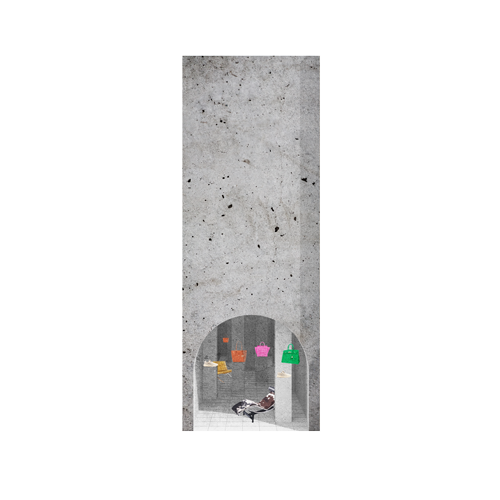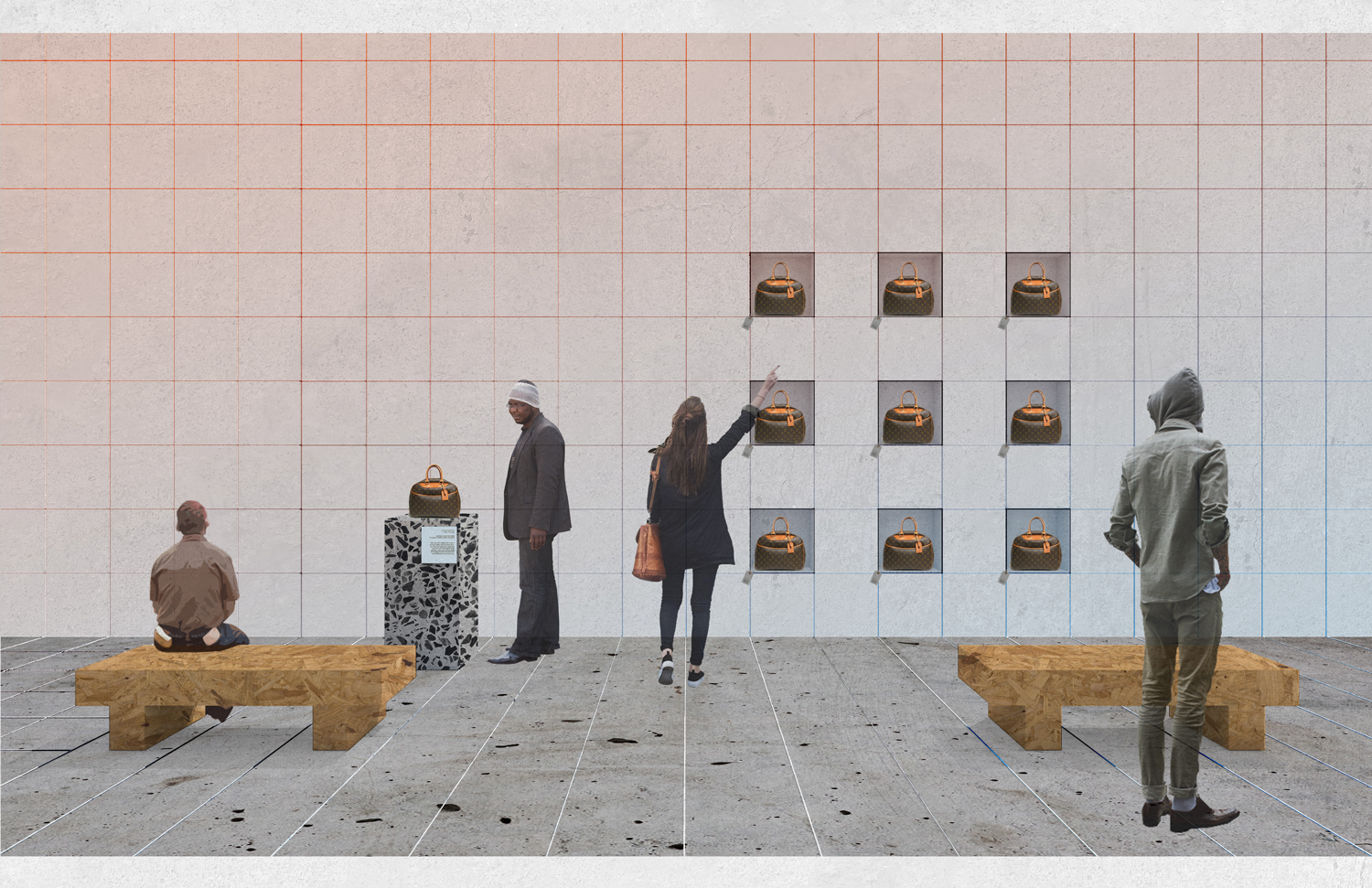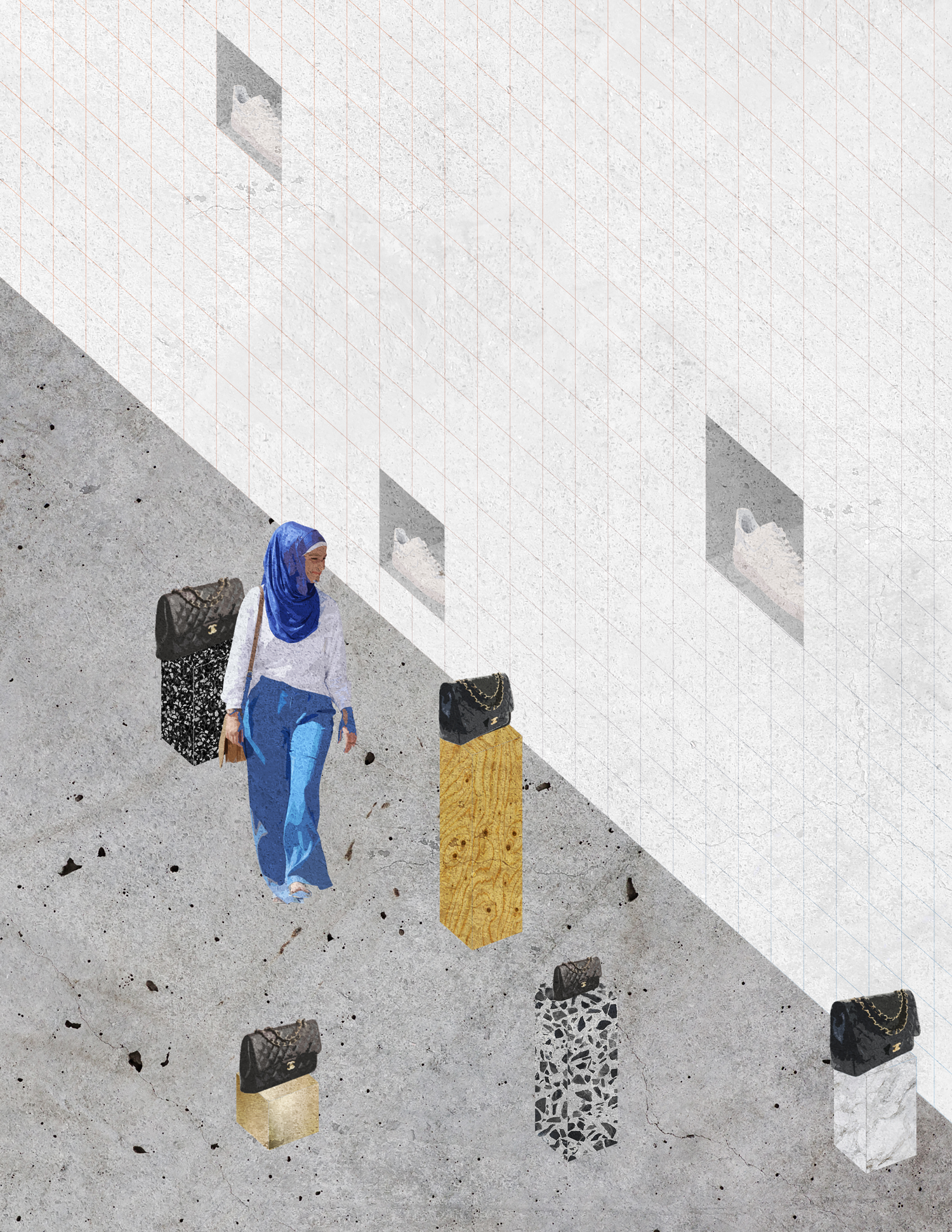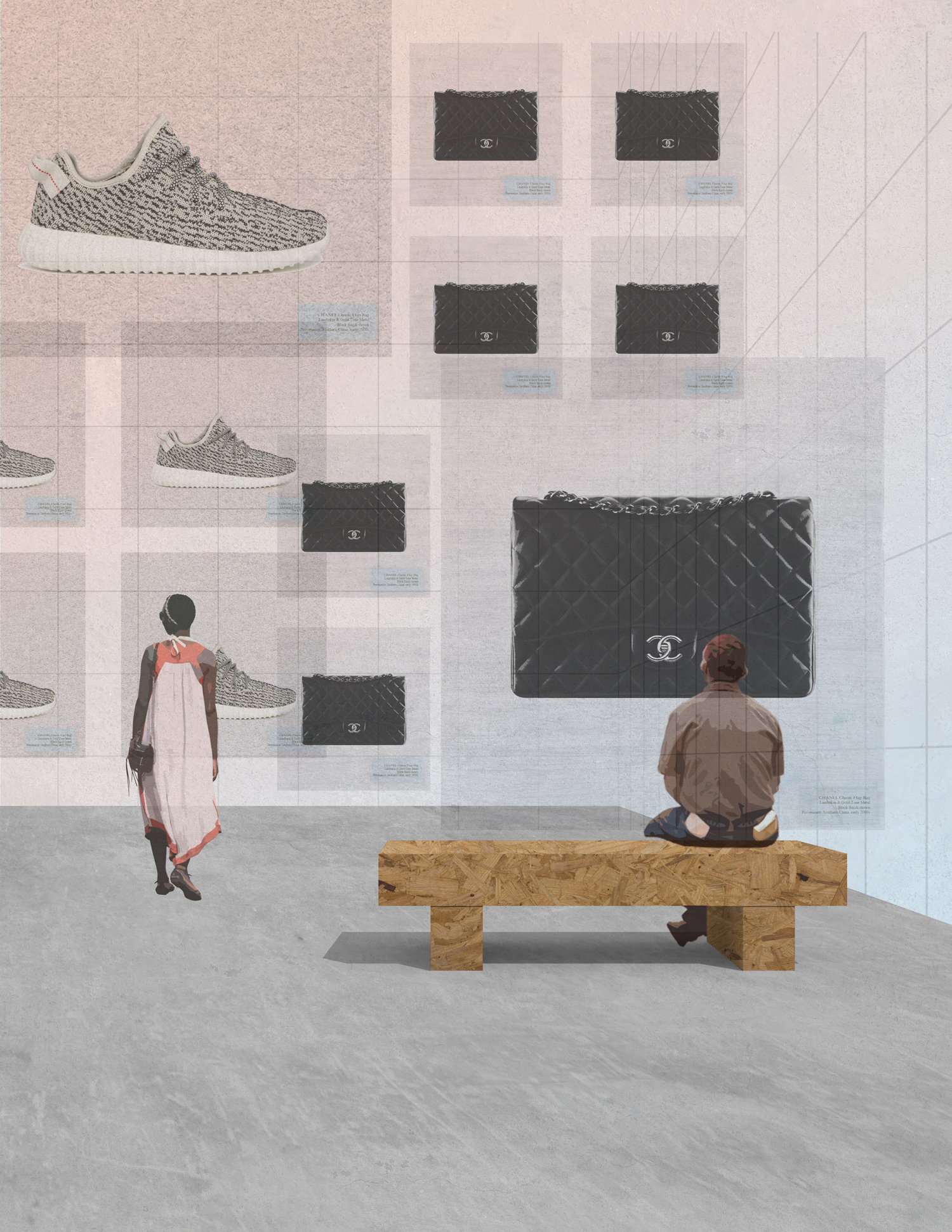TRI AN MONUMENT

Welcome to the Counterfeit Museum, a real Monument to the Fake.
Naturally, it is hidden in New York City’s Chinatown, the cultural epicenter of fake handbags, perfumes, and watches. It is around the corner from “authentic” Sichuan restaurants, and indistinguishable from the shops around it, displaying the same merchandise, but for a different reason.
Museums, like stores, are repositories of things, accumulated and valued for a number of reasons, generally financial, cultural, or historical. And, as with so many valuable artifacts, copies, fakes, replicas, and counterfeits flow through underground markets. If art collectors navigate through (and sometimes toward) fake paintings, coins, or Mayan pottery, then fashionistas engage in a similar exchange with the knock-off Coach bags, Ray-Ban sunglasses, and Rolex watches.
All too often the ‘value’ of the fake is dismissed as a lower quality good, worthless to the earnest collector. With the tell-tale single stitch seam, misaligned logo, or cheap clasp, the fake is often overlooked, or perhaps forgotten by fastidious collectors of international culture and style. But this dismissal fails to acknowledge the extensive and very-real networks and infrastructures that support a multi-billion-dollar industry of counterfeit objects
In 2014 the U.S. Customs and Border Patrol seized an estimated $1.2 billion worth of counterfeit goods[i]. Fake markets in Shanghai, hawkers in Italian piazzas, and narrow Chinatown shops are but the small-scale operations behind which entire warehouses, shipping containers, and factories around the world organize and collaborate in a burgeoning black market
The Counterfeit Museum is at once party to this operation, but offers a different face. Embedded within the thriving fake economy of Chinatown, NY, the museum also displays fake goods as real items. The hidden network at the back of the museum is also a key to the vast rhizomatic network of copies and counterfeits that comprise not just an extensive trading economy, but also a cultural touchstone. For things are not always as they seem. These fake goods are not for sale; they are real, and their history is traced to best-guess provenance. Their display is respectful, like the high end stores and museums they mimic. It is our hope that by visiting the Counterfeit Museum, the viewer is able to contemplate the very real byproducts of the fake economy.
[i] "CBP, ICE HSI Report $1.2 Billion in Counterfeit Seizures in 2014." U.S. Customs and Border Protection




